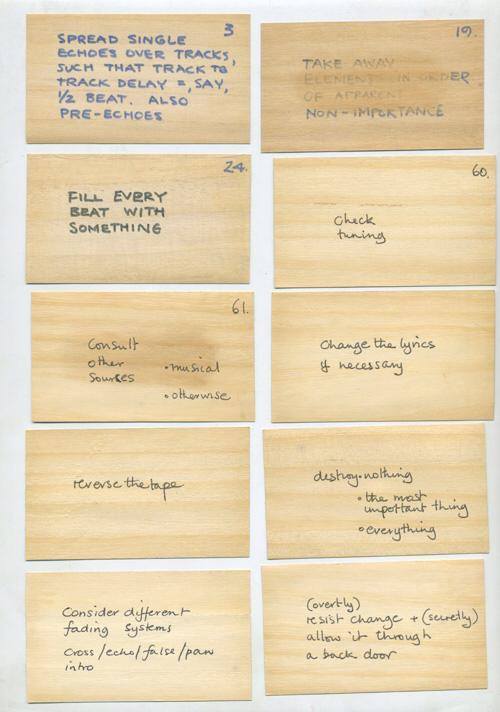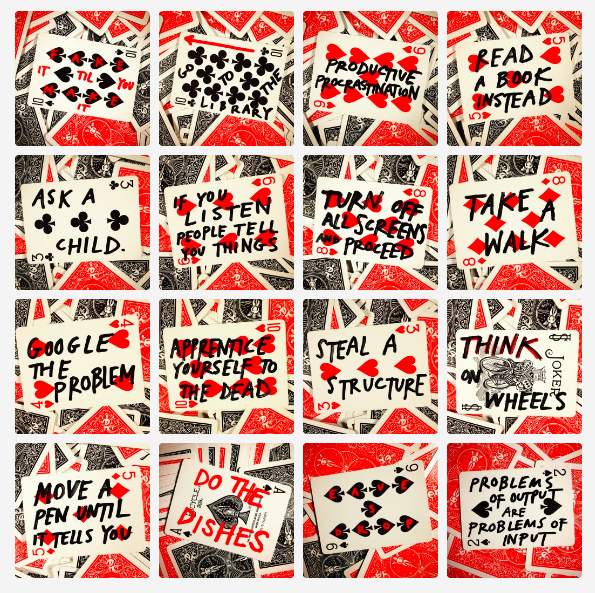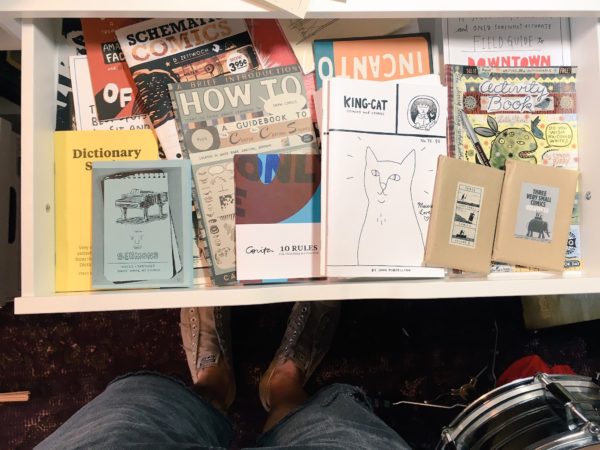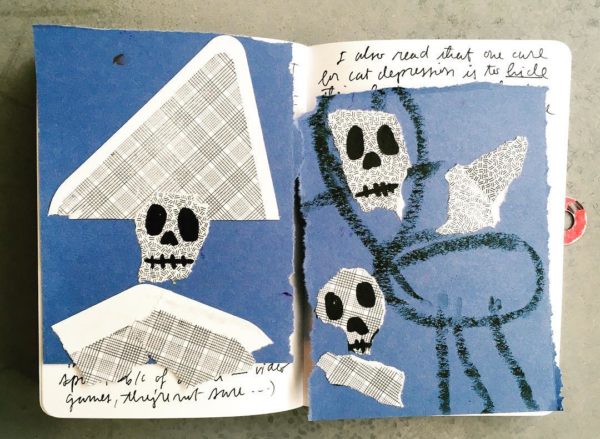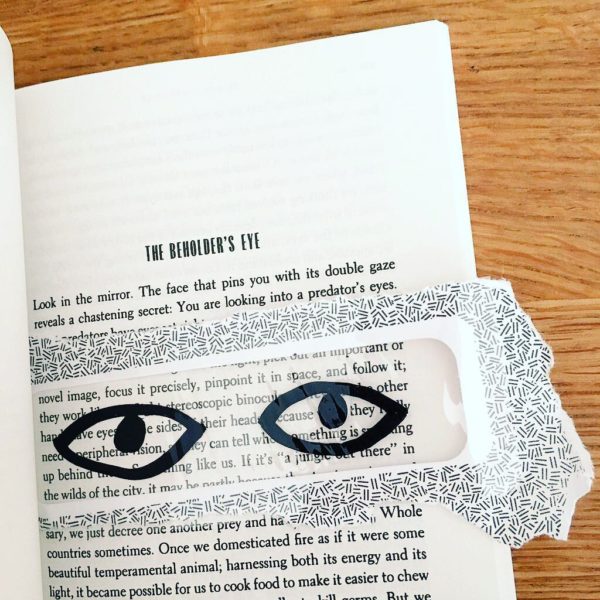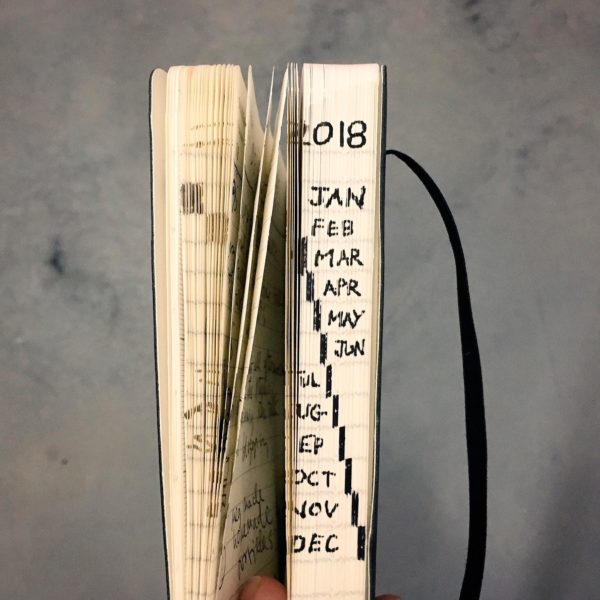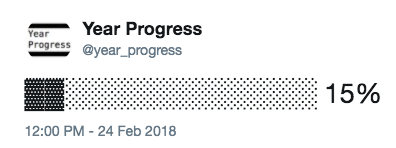
Yesterday I had tacos with The Dead Milkmen and I was asking them how they worked. I mentioned how boring I found “jamming” when I was in bands, and Dean quoted a friend of his: “I don’t mind jamming… as long as everything’s worked out beforehand!”
Then I remembered a little card game I came up with to make jam sessions more interesting:
- Have each band member list 10 musical acts they’d like to play in
- Write each musical act on an index card
- Shuffle the cards, and, without revealing the cars, deal one to each band member. Keep the cards secret — the game is no fun if you can see the cards before you play.
- Just like any other jam session, it helps to pick a key and start with the rhythm. Everyone has to pretend like they’re playing in the act written on their card.
- Jam until it gets boring.
- At the end, everybody gets to guess which card each person was dealt.
- Repeat until you’re out of cards
The cards were inspired by Jessa Crispin’s The Creative Tarot and, of course, Brian Eno and Peter Schmidt’s famous Oblique Strategies. Here’s the original deck, as seen in Eno’s Visual Music:
I’d forgotten all about it until I started writing this blog post, but a couple of years ago, I was inspired by the Oblique Strategies to try making my own deck of “Steal Strategies,” using prompts from my books. (I really need to update the deck — there’s only 16 cards!)
As an experiment with Tumblr’s shuffle feature, I turned it into a little mini site which serves up a random card when you click the deck:

Here’s the card I got when I clicked today, which is funny, because my wife and I had already planned a trip to the library with the boys…

